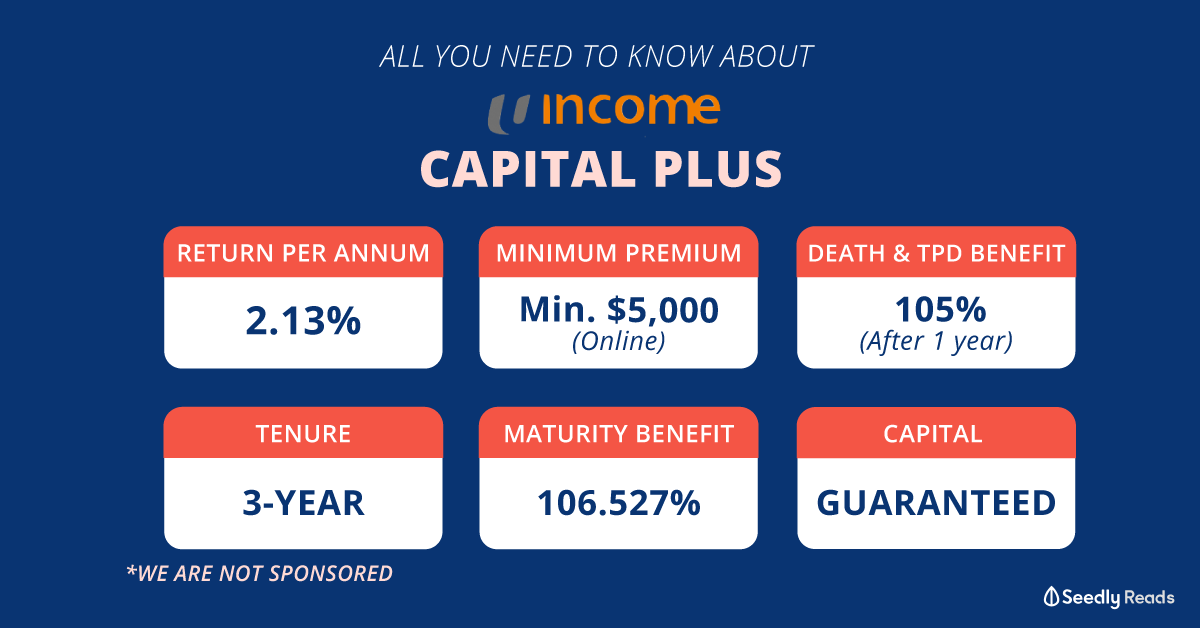Firstly, I will suggest for you to look into your cashflow and determine your short-term needs. For instance, it could be to fund an emergency (given the current economic climate), child's education, alongside with items that require funds in the short-term.
From there, evaluate whether your monthly surplus is sufficient to cover those needs. For this purpose, you may wish to check out my post on understanding your personal cash flow and how to create a budget.
More Details:
Understanding Your Personal Cash Flow
How to create a Monthly Budget
After an in-depth cash flow analysis, we will get a better idea on the cashflow that is available at your disposal.
To begin with retirement planning, CPF forms the basic foundation. Since you are paying your mortgage in cash, you may consider transferring your balance from your CPF Ordinary Account to Special Account. This is because the latter earns a higher rate of interest. Thereupon, it helps you to achieve your Full Retirement Sum earlier. Before you proceed, be sure to understand both the pros and cons of that action. With your income, you should not have any issue achieving the Full Retirement Sum and Basic Healthcare Sum in due time.
With your focus on investing into equity (in near term), you may wish to diversify your overall portfolio with some safer assets, e.g. bonds and annuities. For this purpose, you may look into a lifetime annuity that is able to generate about 5% yield with limited risk. Consequently, this helps to enhance the foundation in your retirement planning. What's more, there are premium financing deals available at the moment that helps to limit the capital outlay on your side. Thus, this increases the return that you will receive at a manageable risk level.
At the end of the day, retirement planning is about holistic financial planning. Altogether, we will use different financial instruments that you are comfortable with to help you achieve your goal.
I share quality content on estate planning and financial planning here.









Firstly, I will suggest for you to look into your cashflow and determine your short-term needs. For instance, it could be to fund an emergency (given the current economic climate), child's education, alongside with items that require funds in the short-term.
From there, evaluate whether your monthly surplus is sufficient to cover those needs. For this purpose, you may wish to check out my post on understanding your personal cash flow and how to create a budget.
More Details:
Understanding Your Personal Cash Flow
How to create a Monthly Budget
After an in-depth cash flow analysis, we will get a better idea on the cashflow that is available at your disposal.
To begin with retirement planning, CPF forms the basic foundation. Since you are paying your mortgage in cash, you may consider transferring your balance from your CPF Ordinary Account to Special Account. This is because the latter earns a higher rate of interest. Thereupon, it helps you to achieve your Full Retirement Sum earlier. Before you proceed, be sure to understand both the pros and cons of that action. With your income, you should not have any issue achieving the Full Retirement Sum and Basic Healthcare Sum in due time.
With your focus on investing into equity (in near term), you may wish to diversify your overall portfolio with some safer assets, e.g. bonds and annuities. For this purpose, you may look into a lifetime annuity that is able to generate about 5% yield with limited risk. Consequently, this helps to enhance the foundation in your retirement planning. What's more, there are premium financing deals available at the moment that helps to limit the capital outlay on your side. Thus, this increases the return that you will receive at a manageable risk level.
At the end of the day, retirement planning is about holistic financial planning. Altogether, we will use different financial instruments that you are comfortable with to help you achieve your goal.
I share quality content on estate planning and financial planning here.